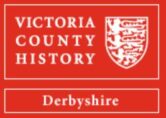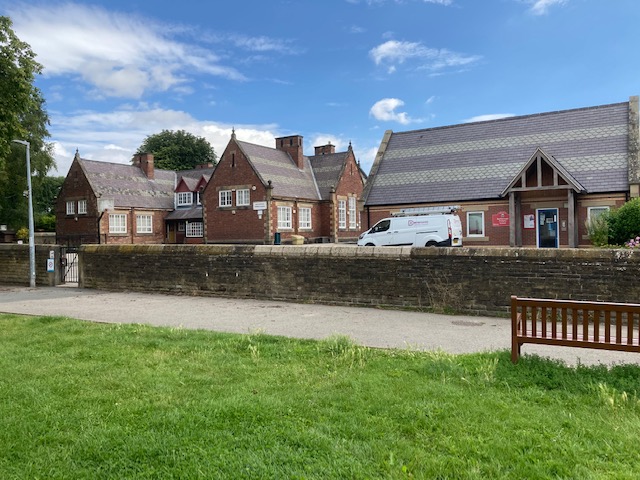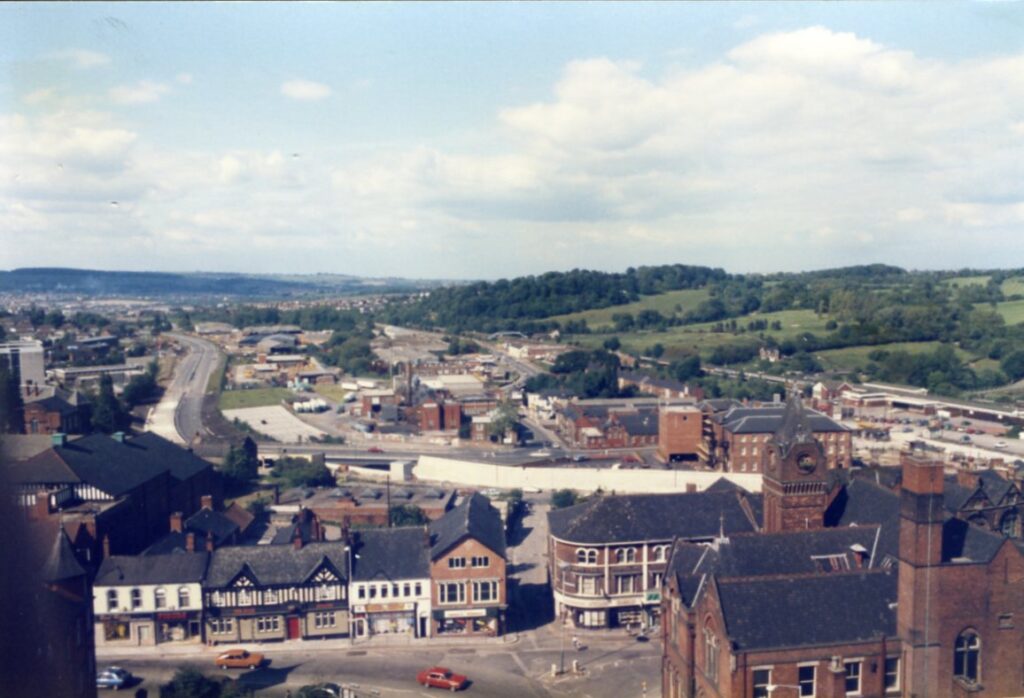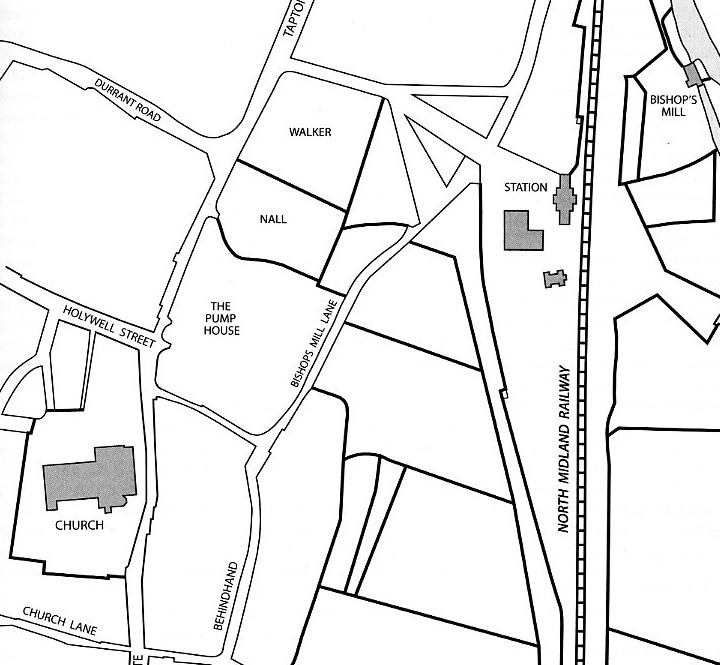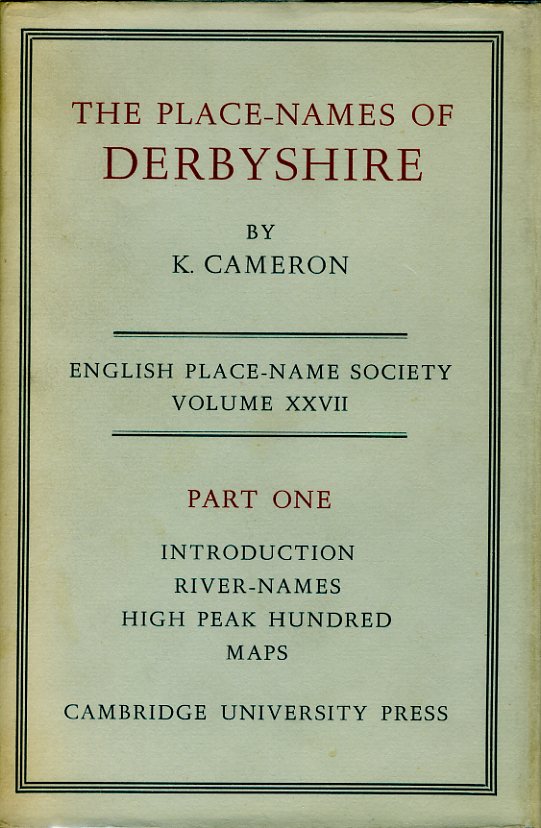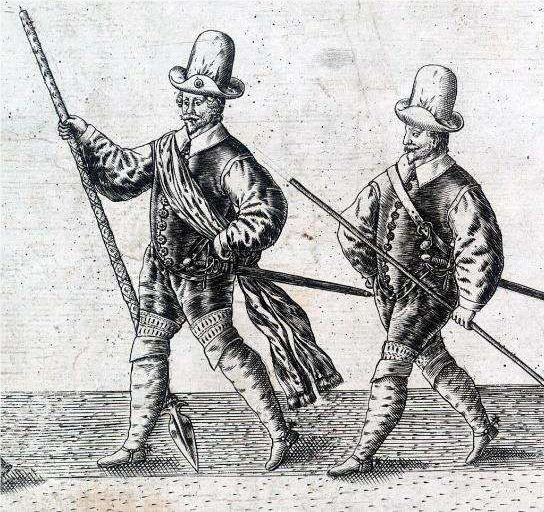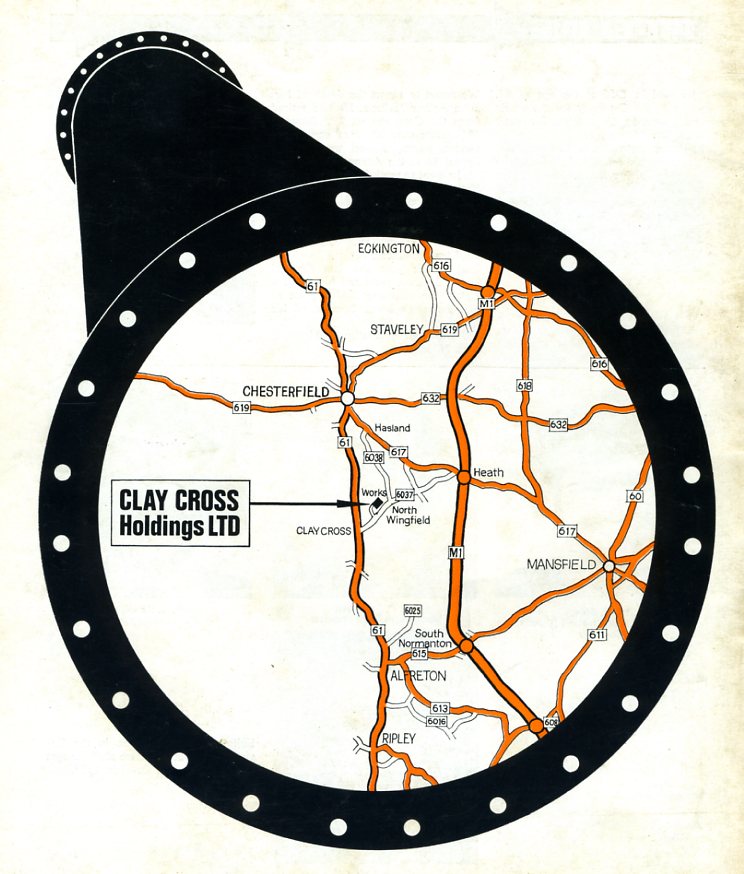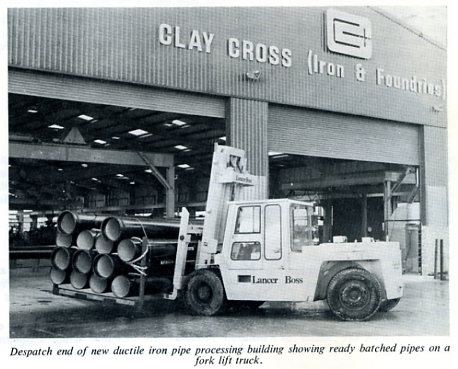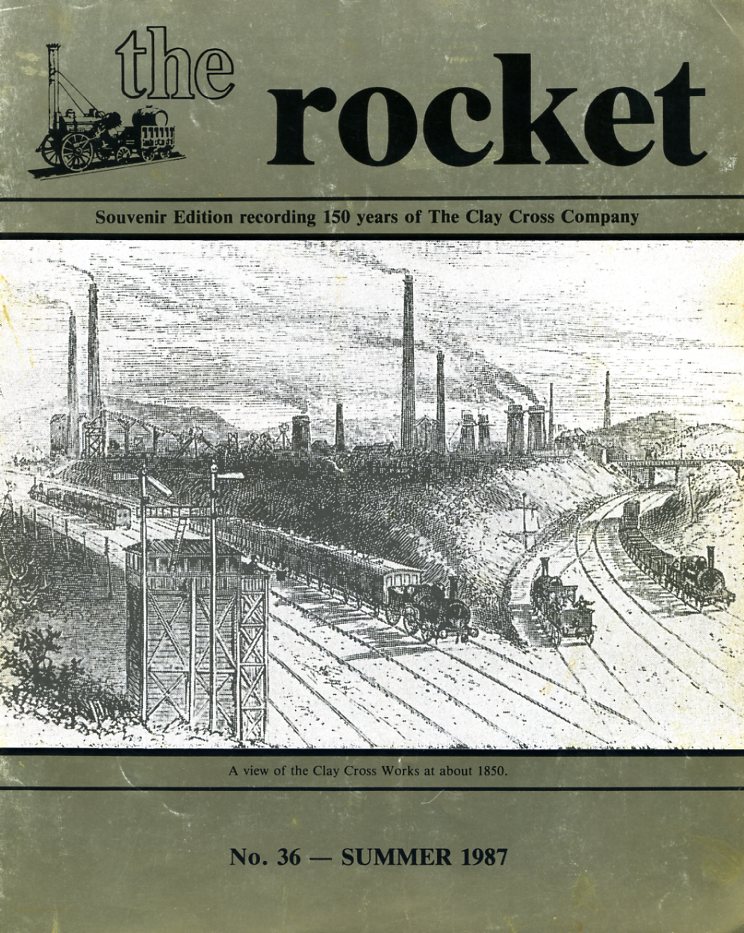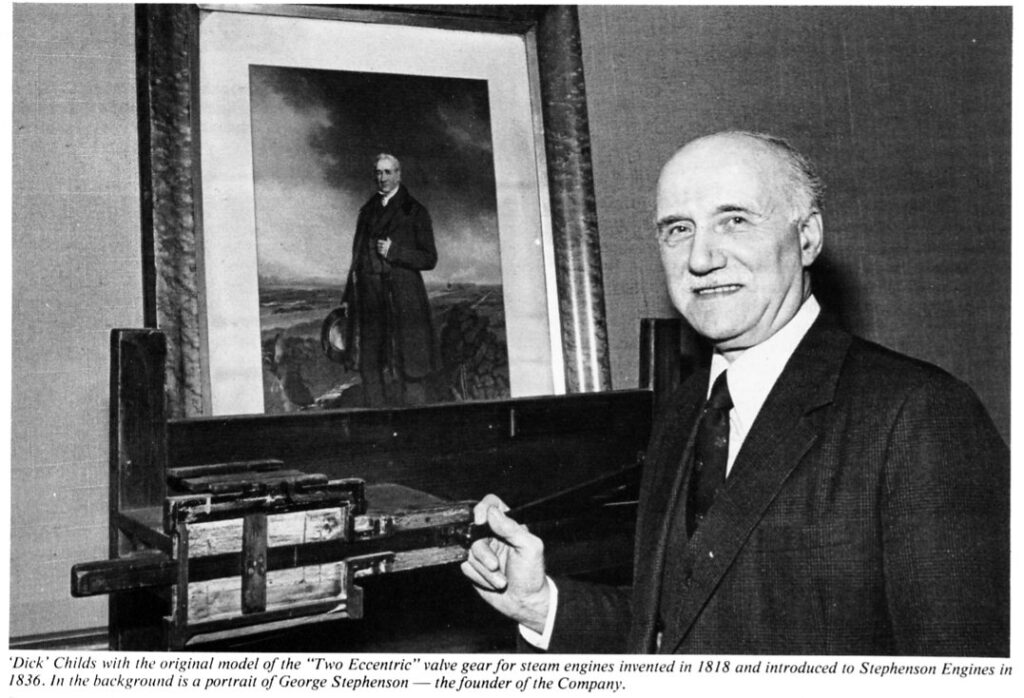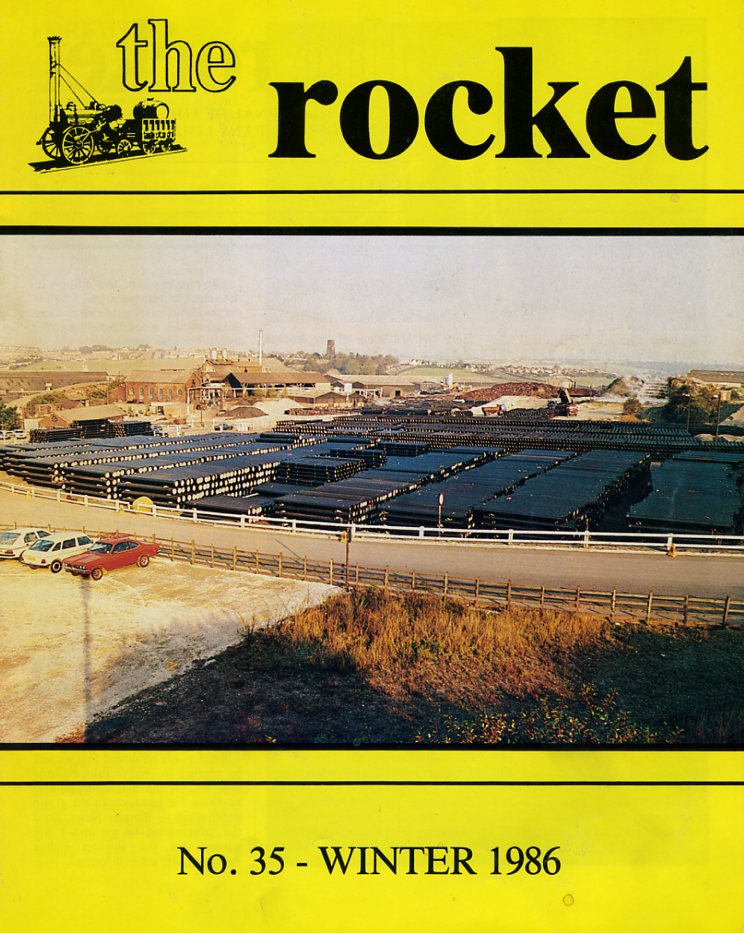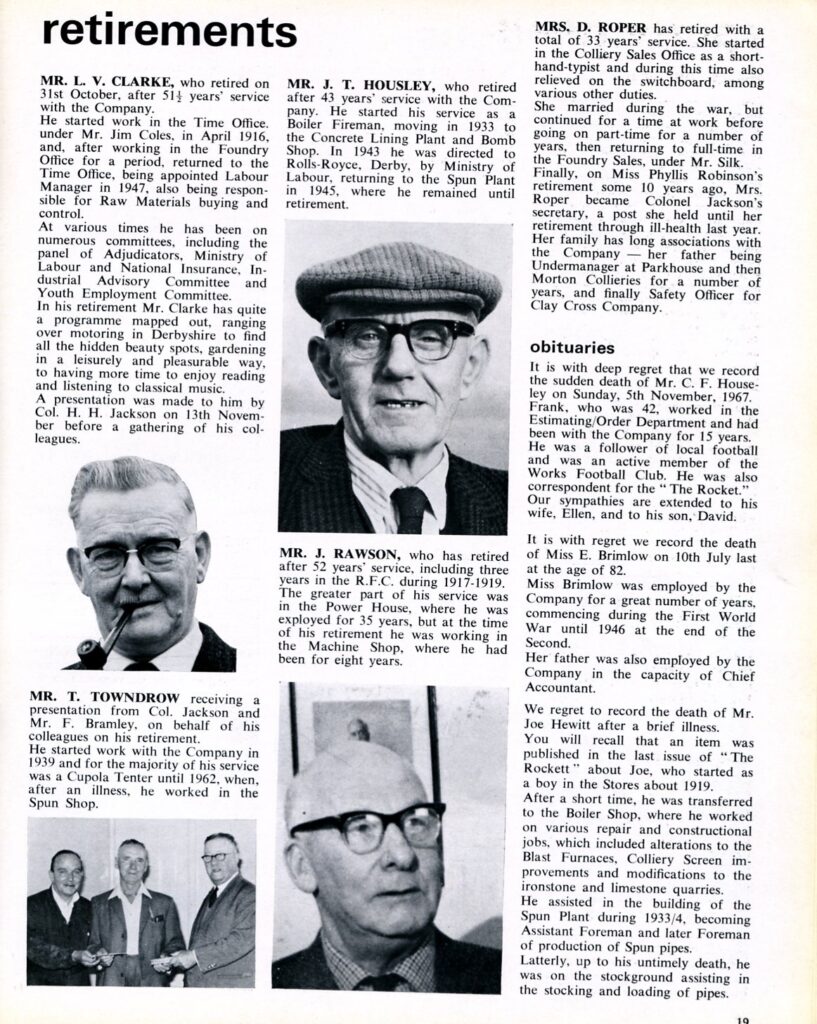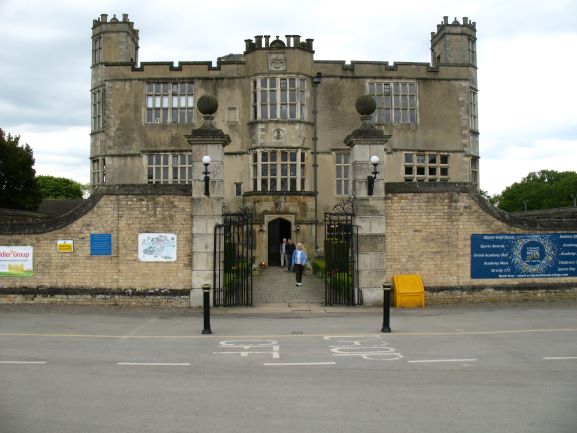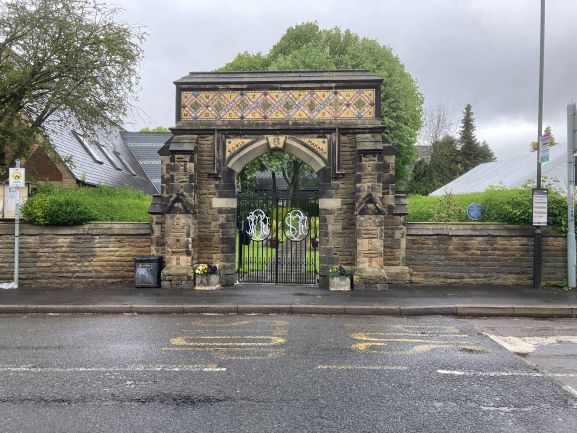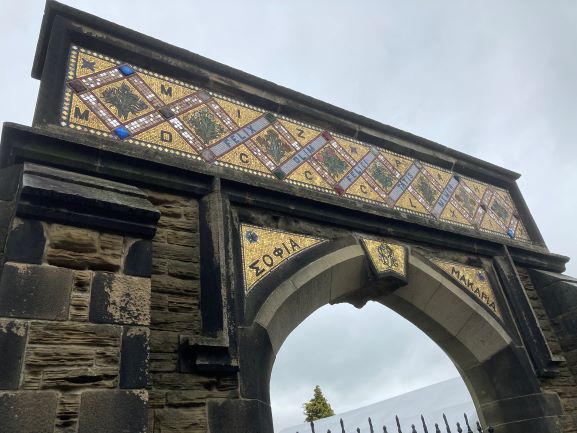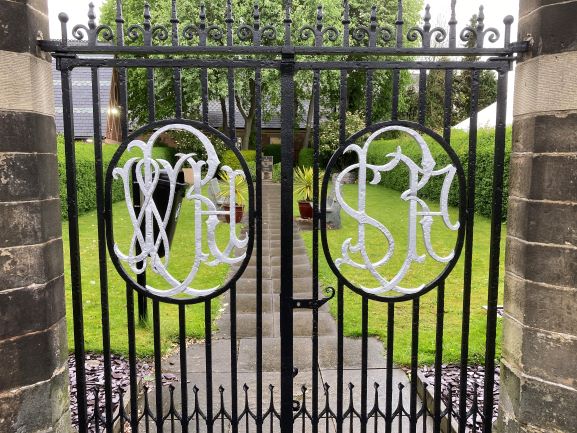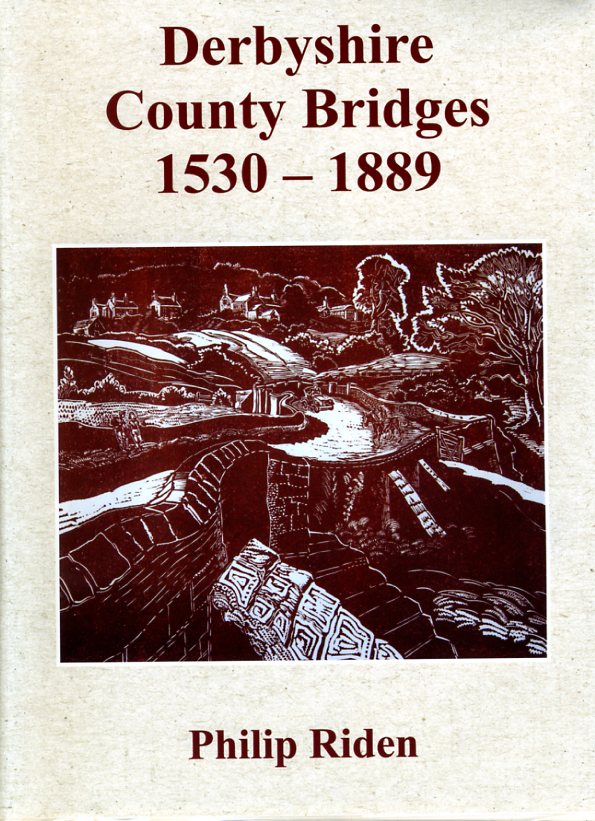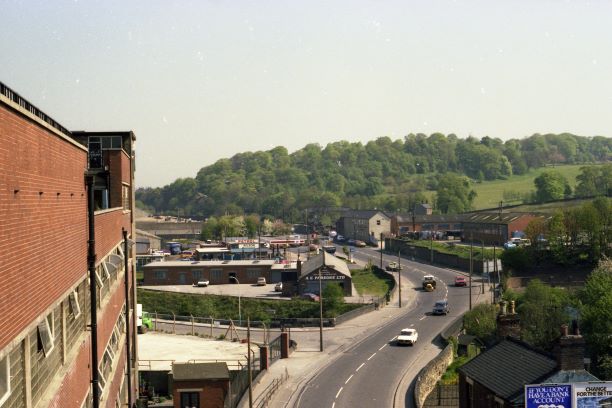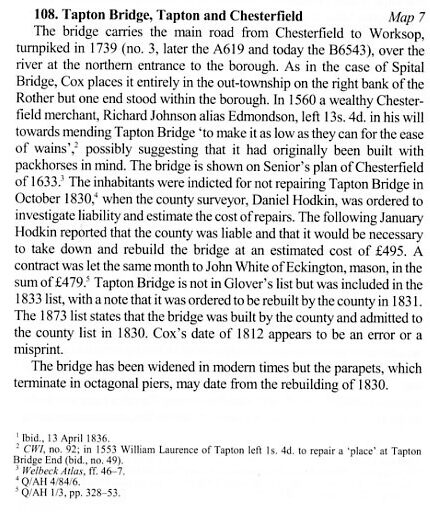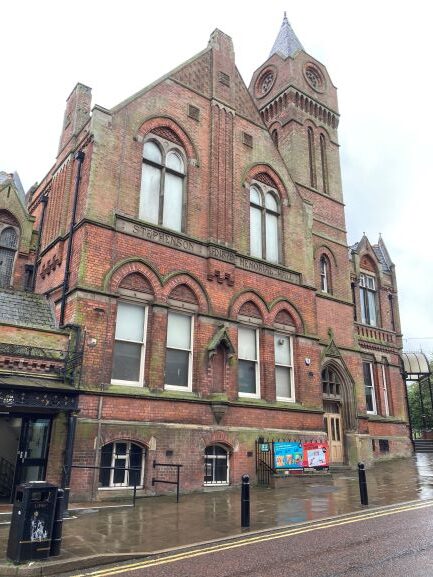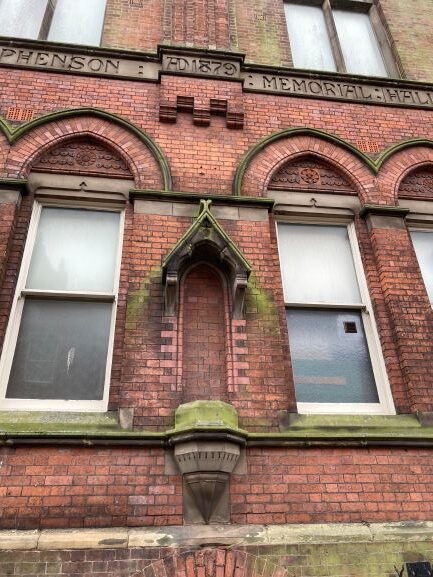New book on the Chesterfield Brewery Company
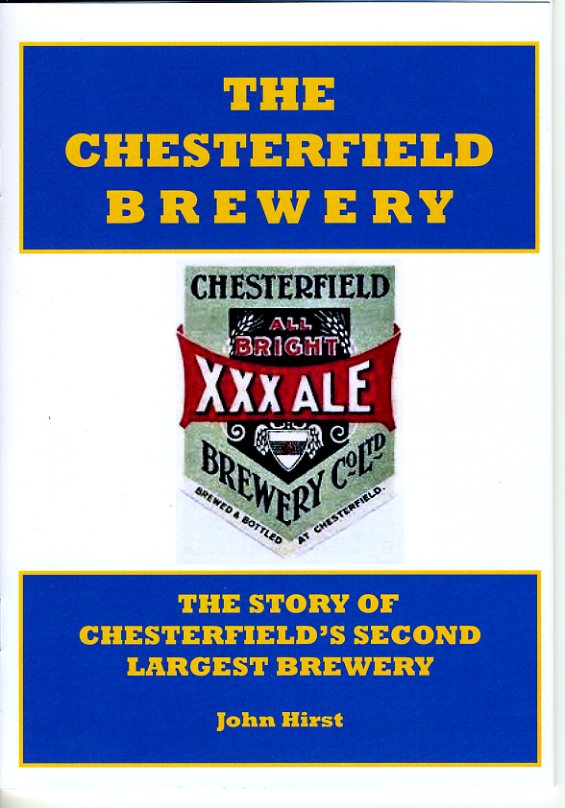
We are pleased to welcome Chesterfield pub and brewery historian John Hirst’s new book on the Chesterfield Brewery Company.
Whilst VCH seeks to chronicle local communities, including breweries and public houses, it is not designed to replace research like that by John. In fact, we have used some of John’s previous research, published in his 2005 book ‘Chesterfield pubs …’, in our VCH spin-off ‘Chesterfield Streets and Houses’.
John’s new 28-page book, ‘The Chesterfield Brewery – the story of Chesterfield’s second largest brewery’, chronicles its rise and fall. Also included is information on some of the directors, including the Mills and Burkitt families. There’s a map and plan, list of the brewery’s pubs and photographs.
The brewery, which opened in 1854, occupied a site at the junction of Brimington Road, Brewery Street and Infirmary Road. The Trebor factory occupied the site until recent years, incorporating some of the brewery buildings. It’s now part of the Riverside development, with new offices currently under construction on a part of the site.
John charts how the brewery company acquired the wine, spirit and mineral water business of TP Wood, High Street, Chesterfield (and producer of a locally famous almanac) in 1911. But the end of the 1920s and into the early 1930s saw a decline in the company. This was despite 1920s investment in some grandiose public house schemes. These included the Hollingwood Hotel, Poolsbrook Hotel, Spital Hotel and the Gardeners Arms (all Chesterfield area) and the White Post at Farnsfield.
In late 1934 the Mansfield Brewery Company took over the Chesterfield brewery and promptly closed it down in January of the following year.
You can read more of the story in John’s book, which is available by emailing him at j-hirst@sky.com. The cost is £4 plus postage. it’s also available from Chesterfield tourist information centre or the Chesterfield museum.


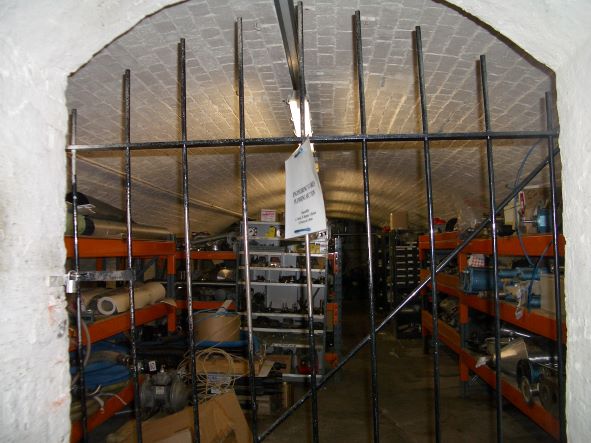
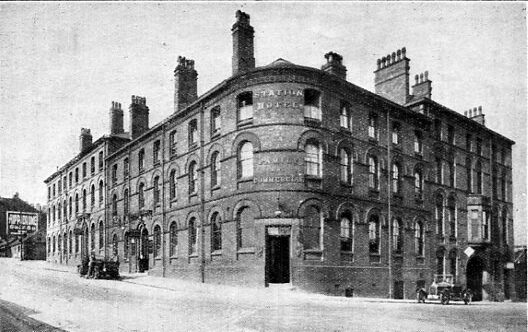
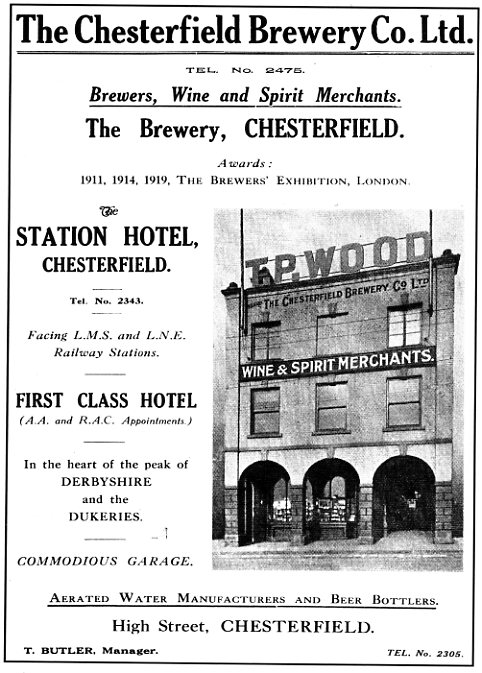
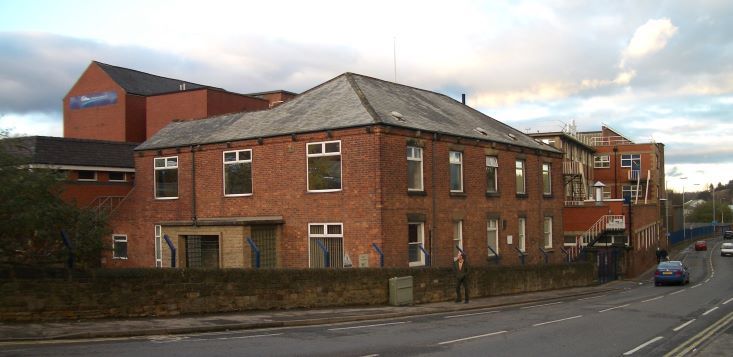
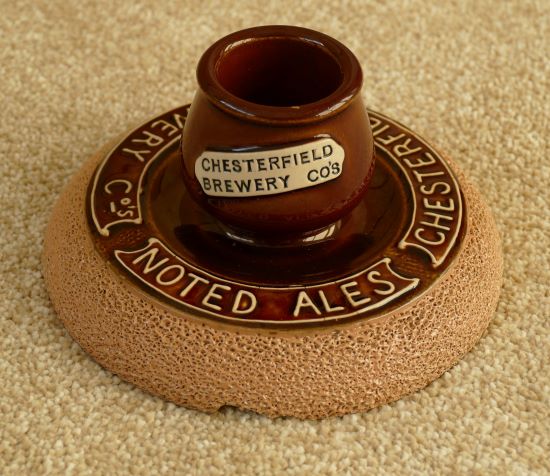
This blog was revised on 27 August 2021 to correct the date TP Wood’s business was acquired by the Chesterfield Brewery Company (in 1911 not the previously stated 1921) and to correct a minor typographical error.
New book on the Chesterfield Brewery Company Read More »
